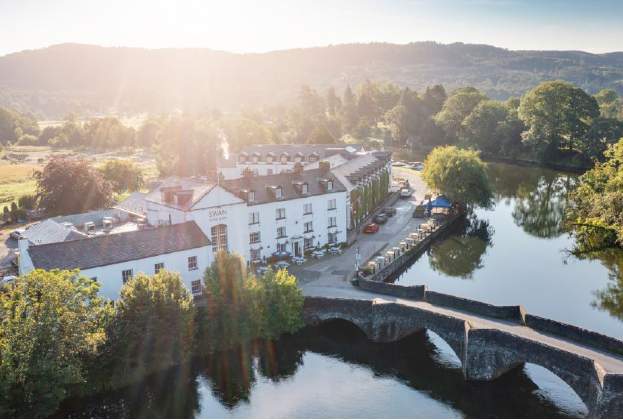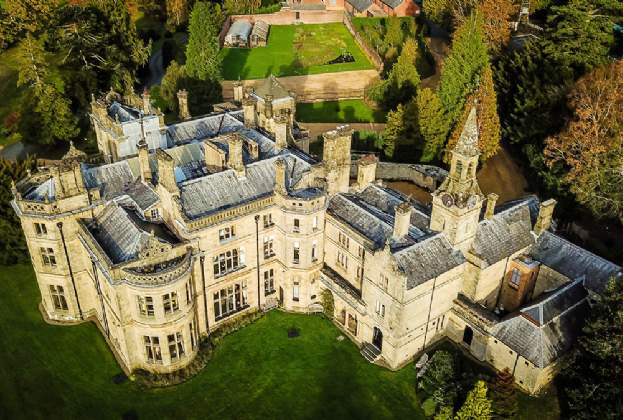The branded hotel market has recently become split into two camps. There are the established, traditional branded chains, such as Hilton, Marriott and Four Seasons, that offer guests a uniform experience through the provision of core services and consistent branding. On the other hand, there has been a recent emphasis on 'differentiation' by some of the newer, more urban hotels that aim to enhance the local area with the arrival of their unique concepts. These hotels, including The Hoxton, Ace Hotel and The Ned, set themselves apart by striving to provide space for both guests and those living and working in the local area.
One of the most successful ways to create this integration is to focus on the hotel’s food and beverage (F&B) offering. The arrival of these concept hotels is now seen as an opportunity to enhance the existing mix in a given area. The Curtain, which recently opened in Shoreditch, for instance, has received widespread publicity following its securing of Red Rooster, a restaurant with its only other outpost in Harlem, New York.
This championing of an new-to-the-area chef or restaurant brand is a relatively recent trend amongst hotel operators that are looking to create more buzz and attract a wider catchment. The Ned in the City of London has successfully achieved this: it has converted the area that would have traditionally been a grand reception into a hub for several restaurants and bars. This ground floor has become a melting pot for guests, visitors to the area and nearby workers.
The introduction of F&B brands can rejuvenate an area and make it a real destination, providing a boost in demand for nearby retail and office space. The ability to develop a hotel into more than just rooms – to become one that provides a public space alongside an existing mix of F&B – can be a real asset to a local area. The successful integration of a unique hotel concept in a location can act like a magnet, attracting other high-quality F&B or accommodation providers. This benefits the local residents and workforces, alongside the traditional catchment of tourists and business travellers.
This trend has been seen in London locations such as Marylebone with Chiltern Firehouse, Shoreditch with Ace Hotel and Holborn with The Hoxton. Other upcoming examples include The Standard Hotel, London in King's Cross, and also BD Hotels/Robert De Niro that are set to develop a new hotel in Covent Garden mirroring their New York properties including the renowned Greenwich Hotel.
The effects of this placemaking aren’t limited to visitors and guests of these hotels. Owners and operators are future-proofing their businesses through the creation of dynamic, flexible spaces. A successful F&B concept provides synergy to the wider hotel and diversifies the operator’s income streams, reducing reliance on room revenue.
The trend is also reflective of societal changes and growth in the purchasing power of millennials and Generation Y who are becoming known for their appetite for experiences. The enhancement of F&B in a hotel can provide just that, something unique and exciting that will attract the new generation, setting them apart from the traditional hotel brands.
Further information
Read more: London's fringe provides the right mix of business and pleasure for hoteliers
.jpg)

.jpg)


.jpg)
.jpg)



